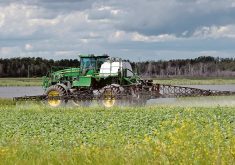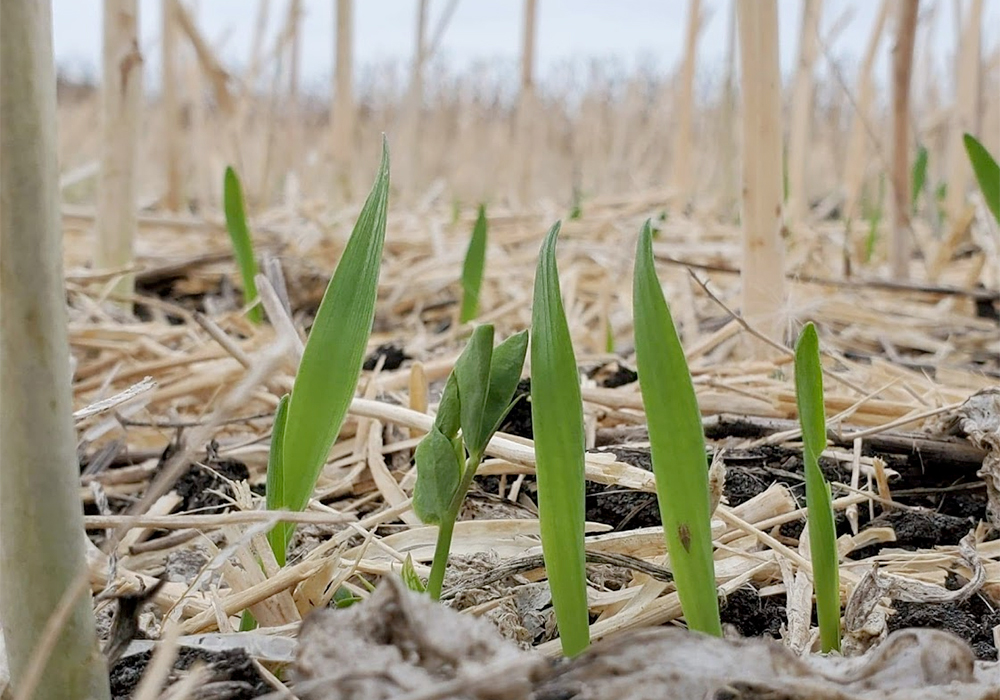Alberta groups want these vehicles banned on public land along the eastern slopes of the Rocky Mountains
Conservation groups in Alberta have called on the province to limit the use of off-highway and all-terrain vehicles on public land along the eastern slopes of the Rocky Mountains.
Such vehicle activity is affecting water quality and wildlife habitat and must be curtailed to avoid further damage, they said.
In a Jan. 25 news release, the groups called on the government to ban off-highway vehicles from protected areas and those identified as critical wildlife zones.
They also want trails in the west slope cutthroat trout habitat regions permanently closed and decommissioned and the density of roads and trails reduced to “scientifically defensible levels.”
Read Also

Pakistan reopens its doors to Canadian canola
Pakistan reopens its doors to Canadian canola after a three-year hiatus.
Kevin Van Tighem, a conservationist and author of the recently released Heart Waters: Sources of the Bow River, said two developments prompted the groups’ move.
“One of them was the announcement of the Castle River parks, which were touted as being protected areas and yet they’re protected from pretty much everything except what they most need protecting from,” Van Tighem said.
Alberta environment minister Shannon Phillips announced in September that part of the Castle Mountain area in southwestern Alberta would become a provincial park and another part designated as a wildland park.
Logging operations and new oil and gas plans were halted but there were allowances for various recreational activities within those zones. Van Tighem said he was shocked by the idea that off-road vehicle trails could become common in provincial parks.
The other precipitating factor was the federal announcement of an emergency habitat protection order for west slope cutthroat trout, which is considered a threatened species.
“We’re driving the remaining populations of cutthroat trout towards oblivion by failing to protect the landscapes along their streams from the kinds of damage that ruin the streams,” Van Tighem said.
The Oldman Watershed Council and the off-road vehicle groups that were contacted for comment did not respond by press time.
Van Tighem said there is a place for off-highway vehicles and ATVs in Alberta’s headwaters.
However, he said they should not be allowed in sensitive areas.
“This is not in fact an us versus them thing. There is plenty of room for off-roading in the headwaters if its designed properly and put in appropriate places, and the first step toward doing that is identifying which places are inappropriate, which is what we’ve done,” he said.
“But it still comes down to good design. You can build a trail that does not become an erosion problem, but that means you actually have to do it, and nobody in the Alberta government has ever taken off-roading seriously enough to build proper trails for these guys.”
The Oldman Watershed Council has mapped the roads, trails and paths in part of the region’s Dutch Creek area. These “linear disturbances” allow greater access to wilderness areas by off-highway vehicles. The trails become watercourses once they are travelled and erode soil into creeks, streams and rivers.
Instead of soaking into the ground and feeding streams on a more gradual basis, water is able to run off, often carrying debris with it.
“The headwaters, the foothills and the mountains are the source of more than 90 percent of the water that sustains our prairie economy,” said Van Tighem.
“All of our irrigated agriculture depends on healthy headwaters, and most people aren’t aware of the degree to which they are being absolutely trashed by unregulated, unplanned off-road abuse.”
Professional biologist Lorne Fitch, who has studied fish habitat along the eastern slopes, said he considered the conservation groups’ demands of the government to be a “pre-emptive strike” to protect endangered native trout species.
Habitat and water quality are vital to the trout but also to the two million people downstream who drink it.
“It’s about our priorities for the eastern slopes,” said Fitch.
“We’ve actually gone beyond the point that we can have everything in the eastern slopes — that in-cludes logging and oil and gas and off highway vehicles and random camping — and also expect that we will maintain grizzly populations and wolverine populations, elk populations, populations of bull trout, cut throat trout, mountain whitefish, Athabasca rainbow and arctic grayling and have clean water. We need to set limits and we need to work to the scientific thresholds that research has provided us.”
Fitch said the government has failed to address headwaters protection and trail reclamation for at least two decades, and the situation is now critical.
Van Tighem agreed, noting land use mismanagement has created an environment in which off-roaders have few places to go where their travel doesn’t cause harm.
The conservation groups have asked for government action before May, when the Victoria Day long weekend typically brings out the first off-highway vehicle users.
Groups issuing the request include the Alberta Wilderness Association, the Castle-Crown Wilderness Coalition, the Yellowstone to Yukon Conservation Initiative, the Ghost Valley Community and the West Athabasca Bioregional Society.
Contact barb.glen@producer.com
















